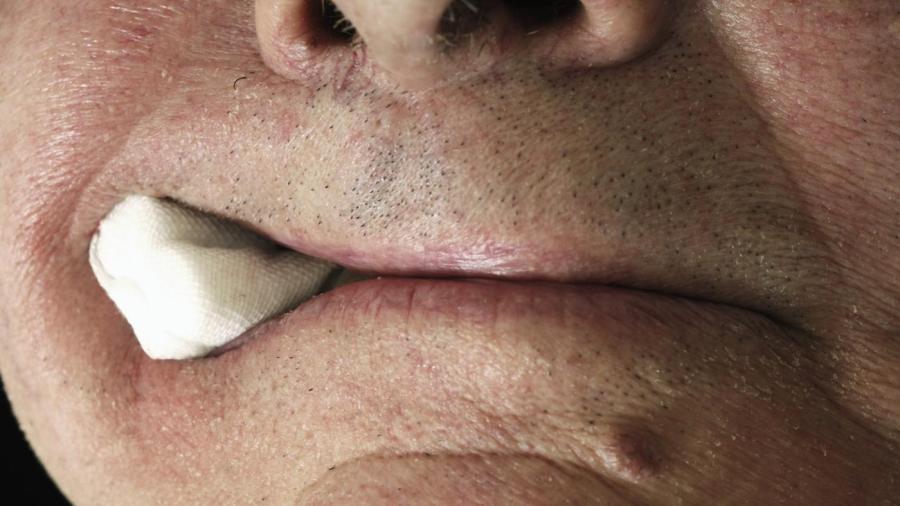How Do You Control Bleeding After a Tooth Extraction?

By applying pressure to the site of the extraction and exercising basic wound care, most people are able to stop bleeding entirely within about 24 hours following a tooth extraction. WebMD recommends additional measures to manage bleeding, reduce the risk of infection and speed up the process of recovery. If symptoms persist for longer than 24 hours, it is advisable to report them to a doctor or the oral surgeon who performed the procedure.
Depending on the severity of the bleeding, the extraction process might involve suturing the area to prevent further blood loss. After the extraction is finished, the oral surgeon typically packs the area with gauze and advises the patient to bite down to apply pressure and encourage clotting. WebMD recommends that patients avoid lying flat during the period immediately following the procedure as this raises blood pressure in the head and can contribute to leakage and even loss of the clot.
Other measures to follow, according to WebMD, include avoidance of stress or physical activity that might raise the patient’s blood pressure, eating soft foods and avoiding suction such as might be involved in smoking or drinking through a straw. This suction can easily pull loose the newly formed clot and cause complications.





